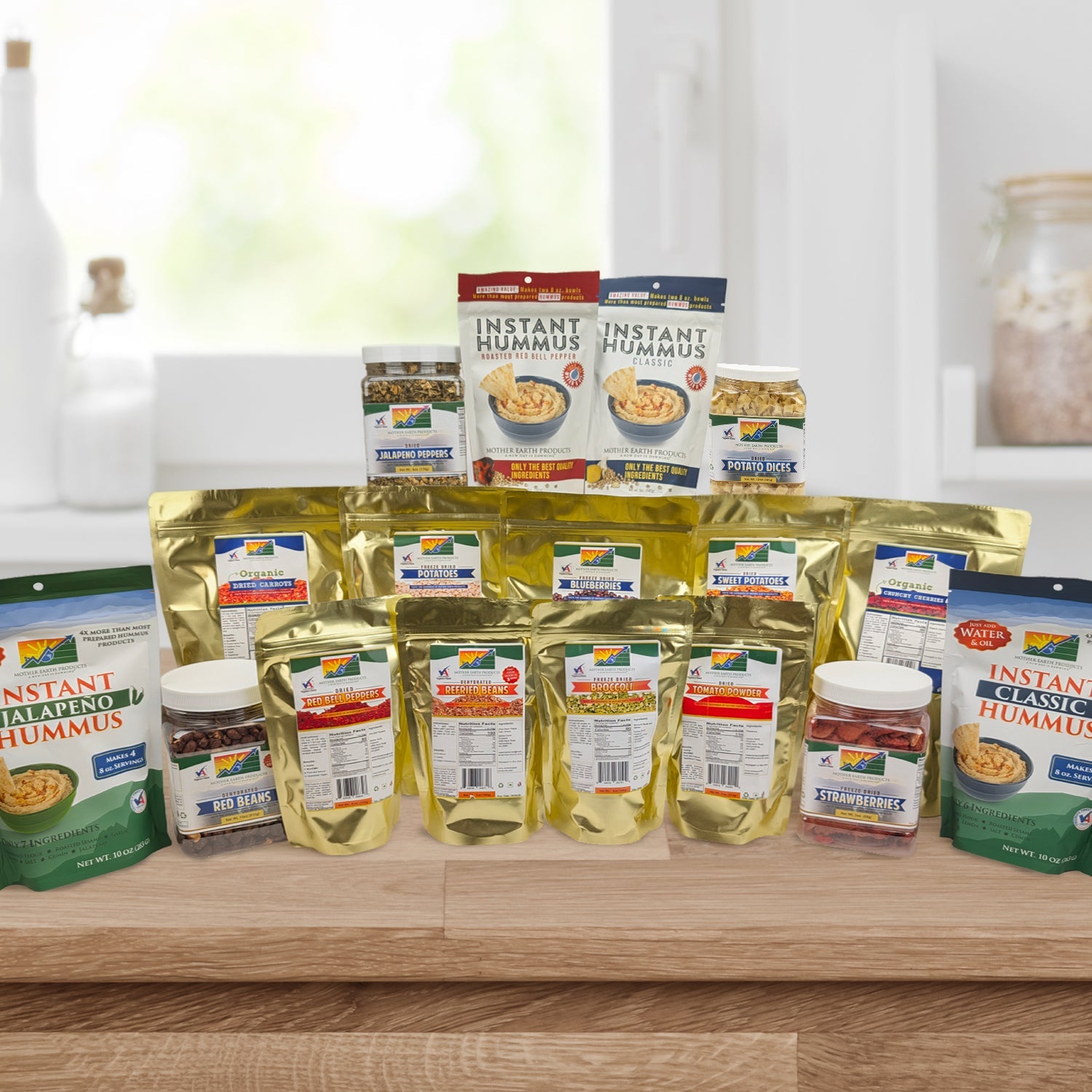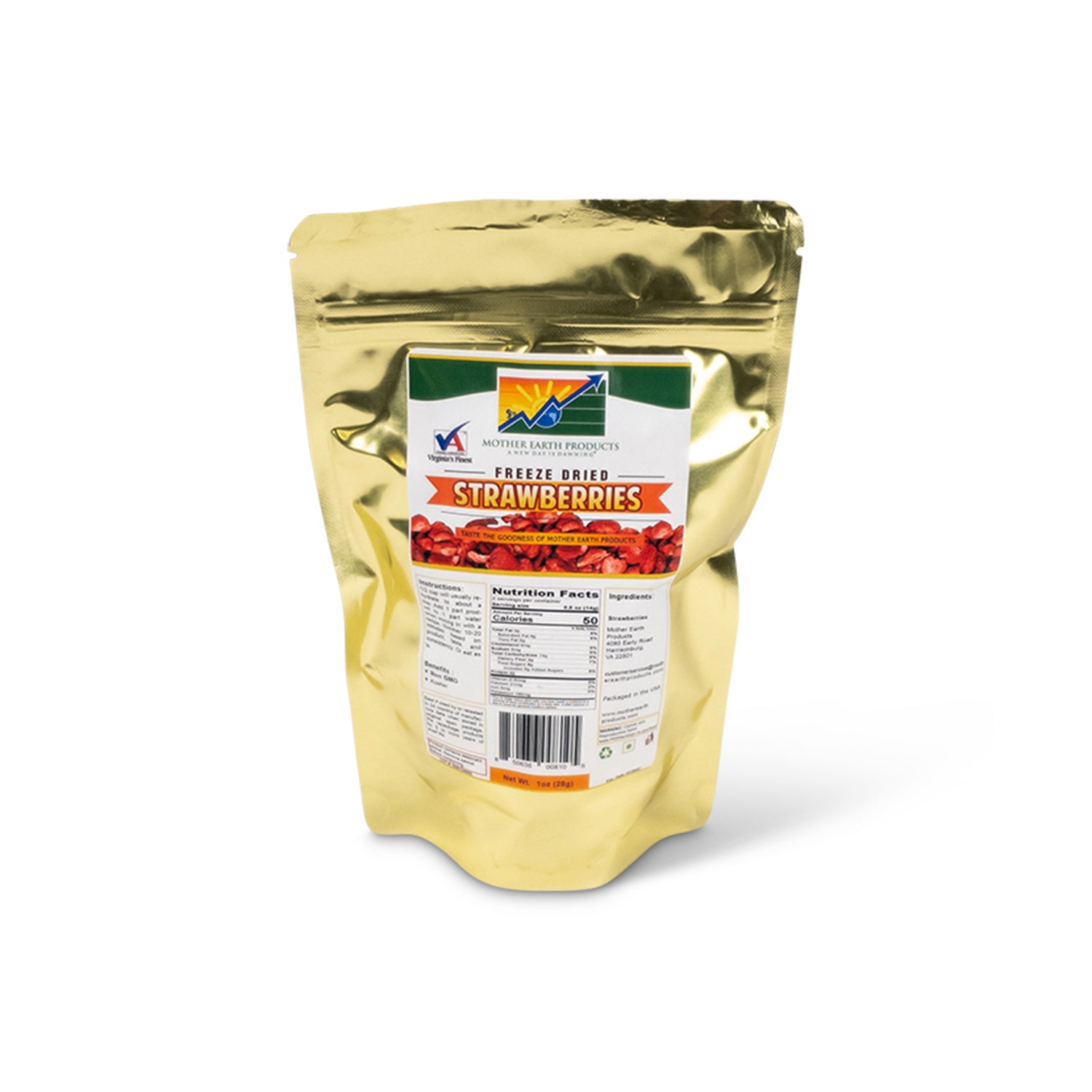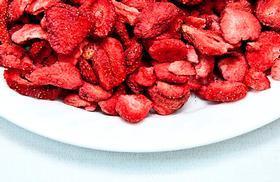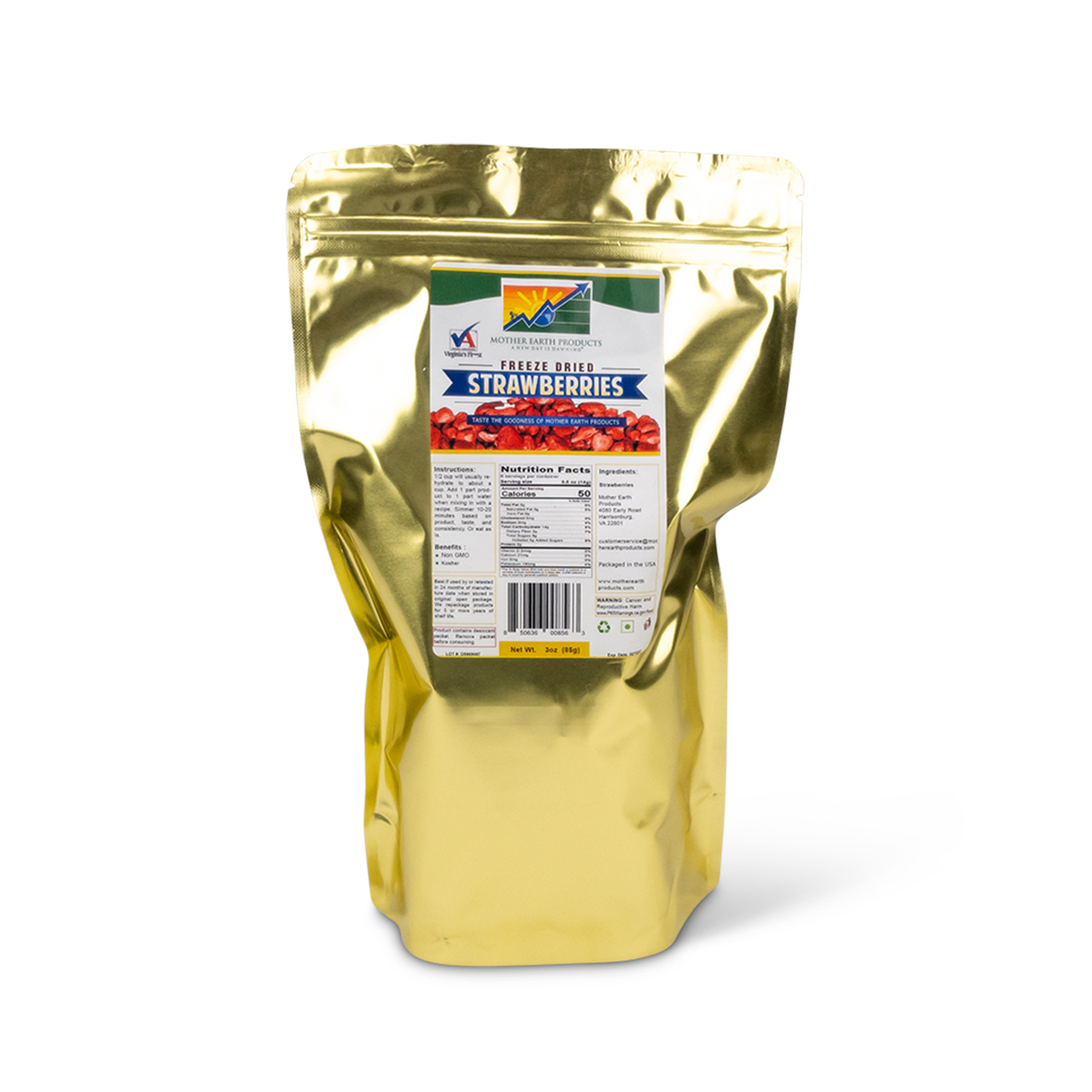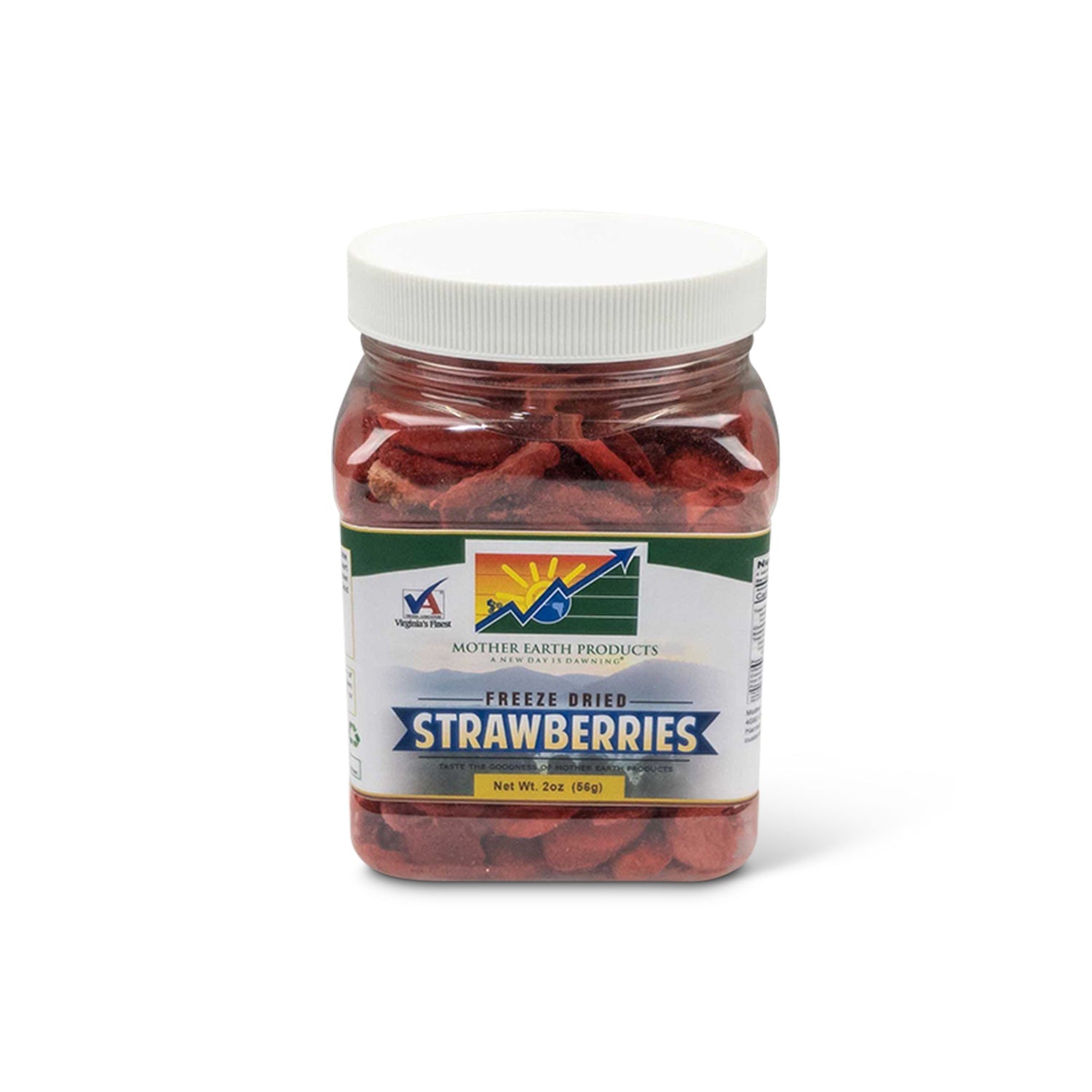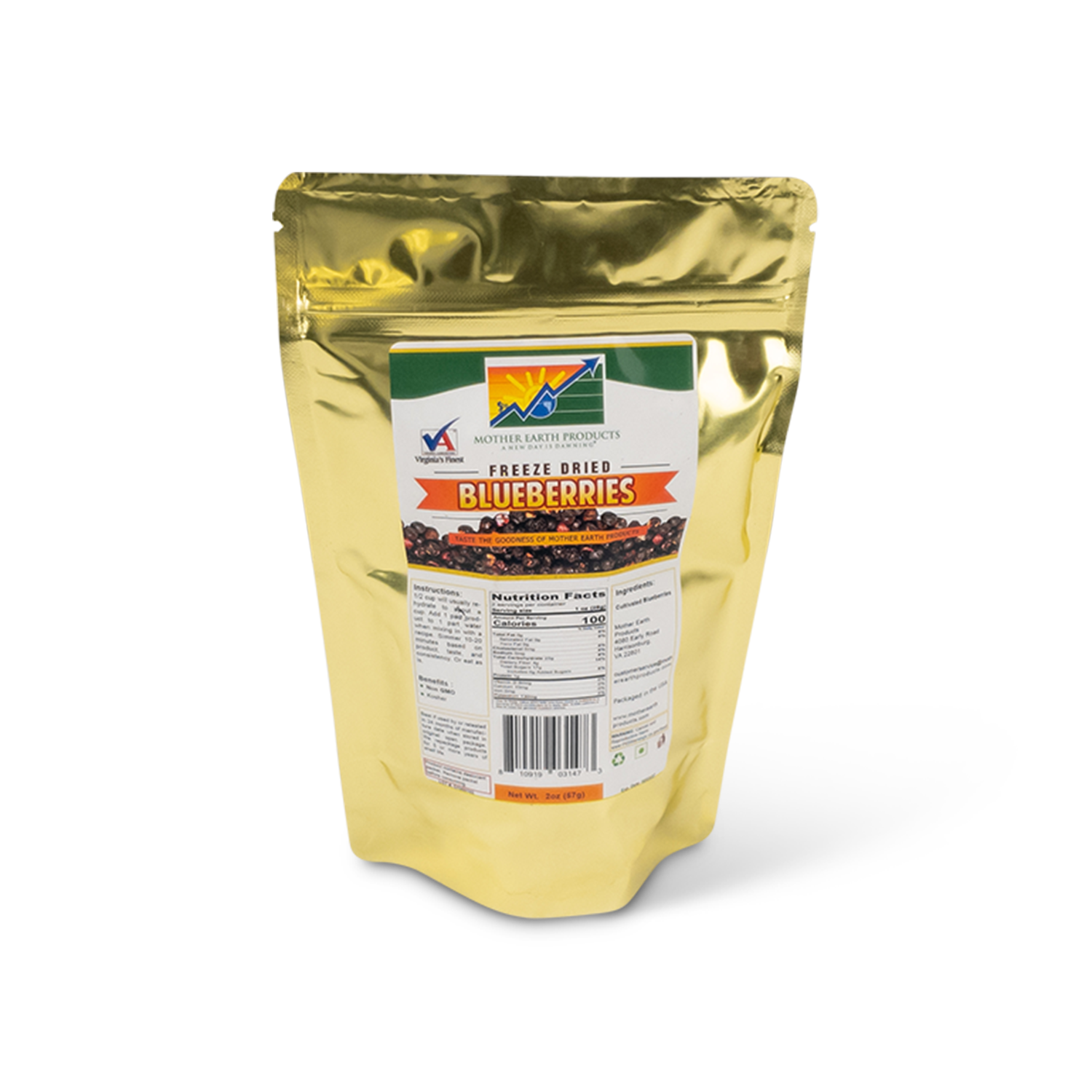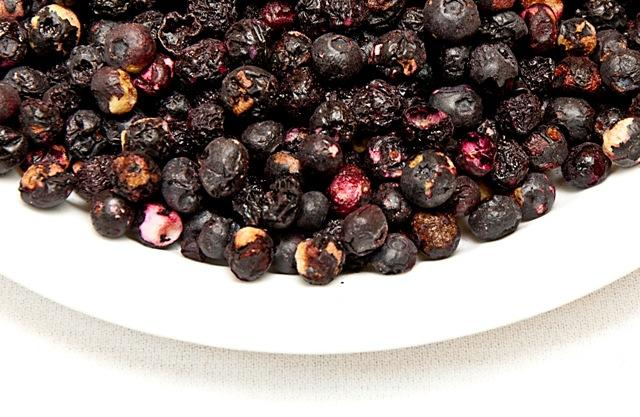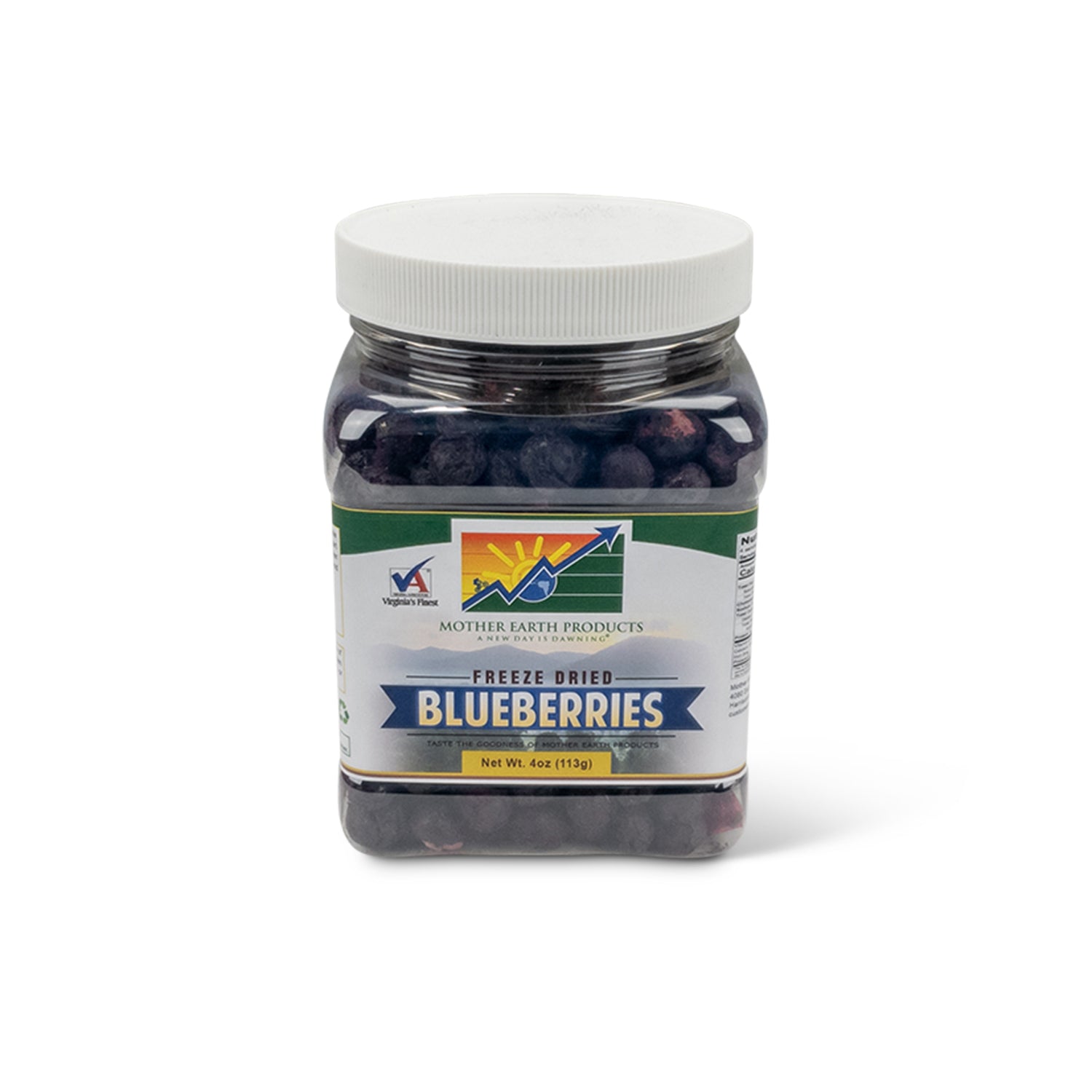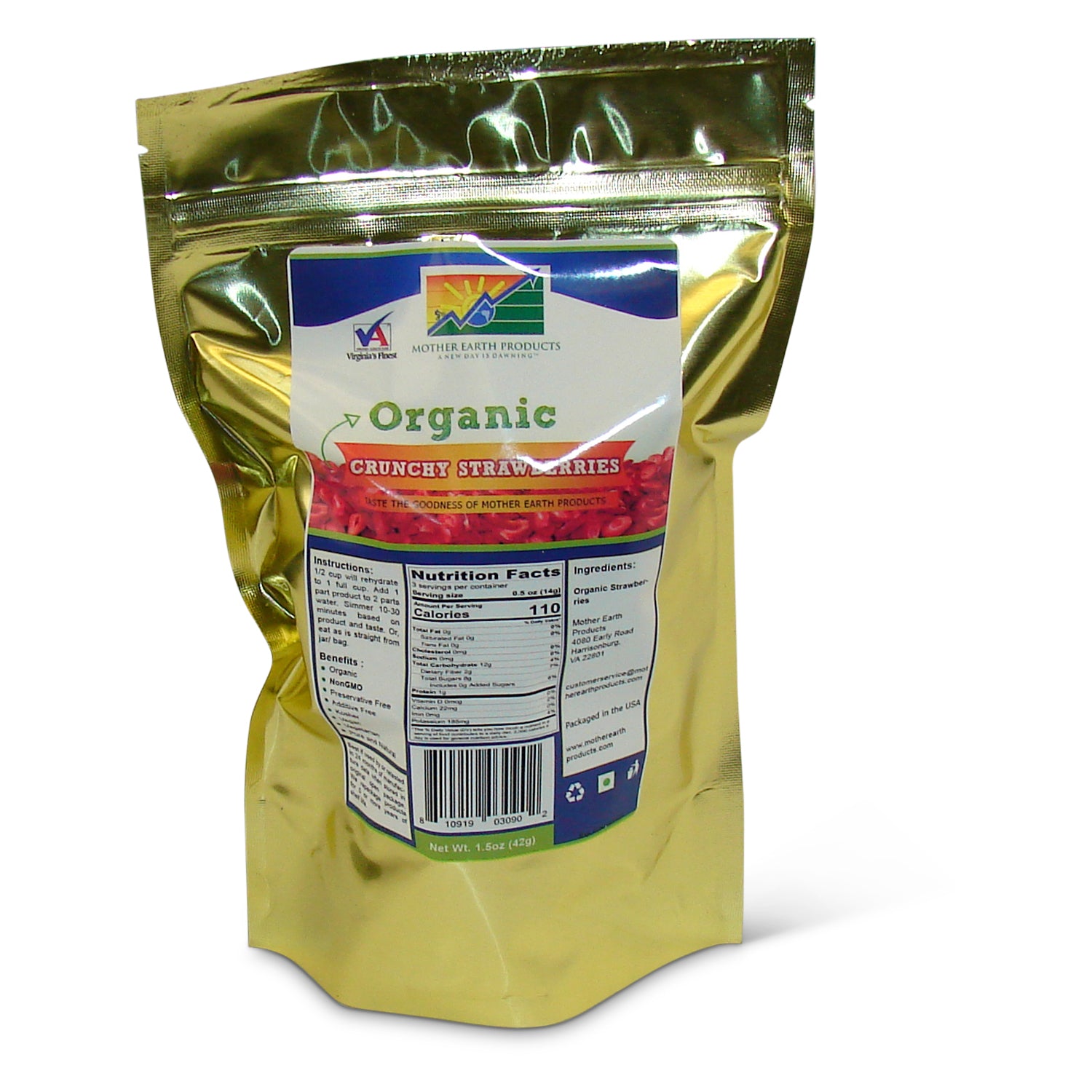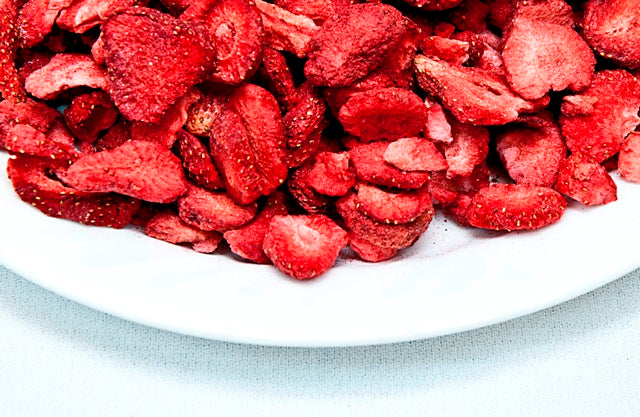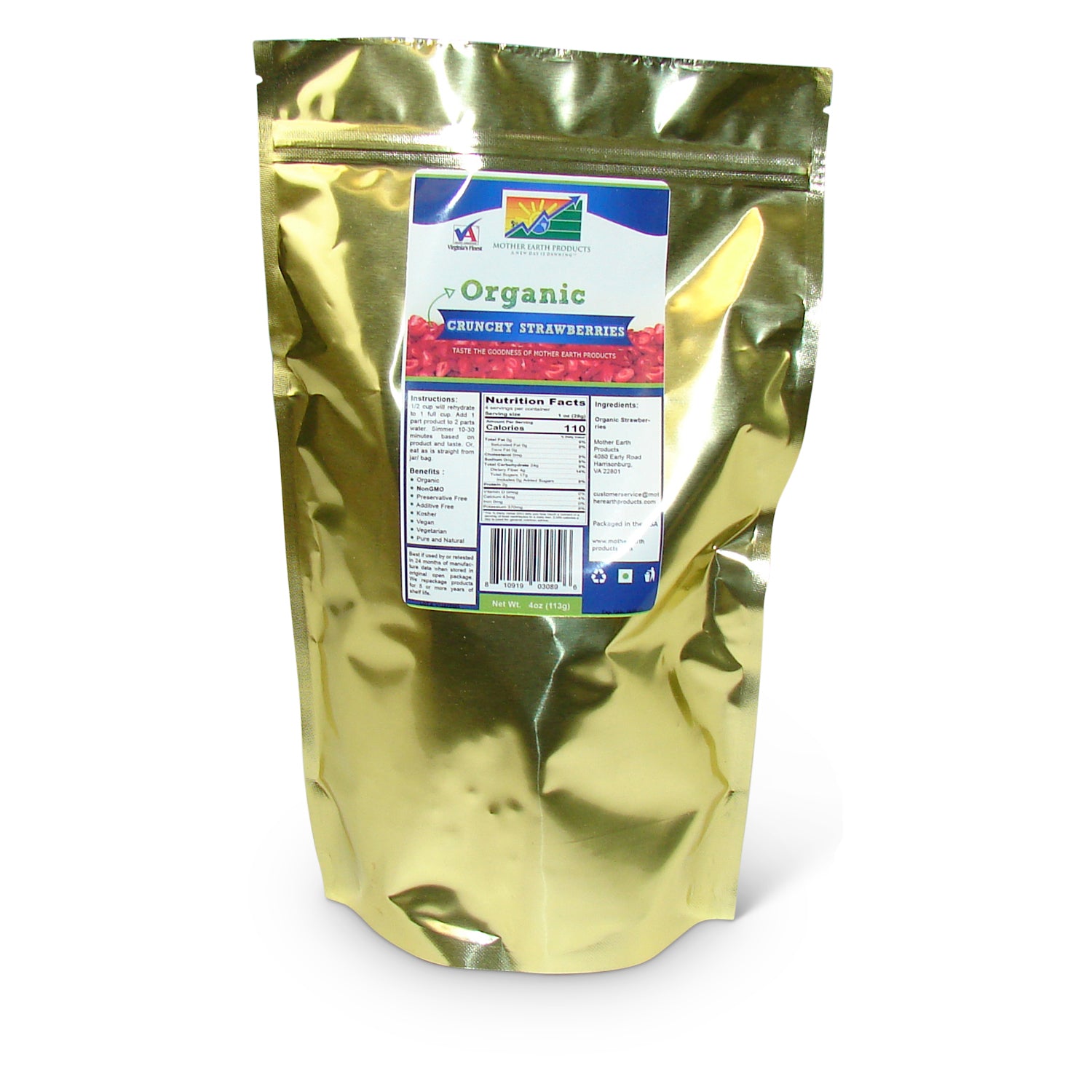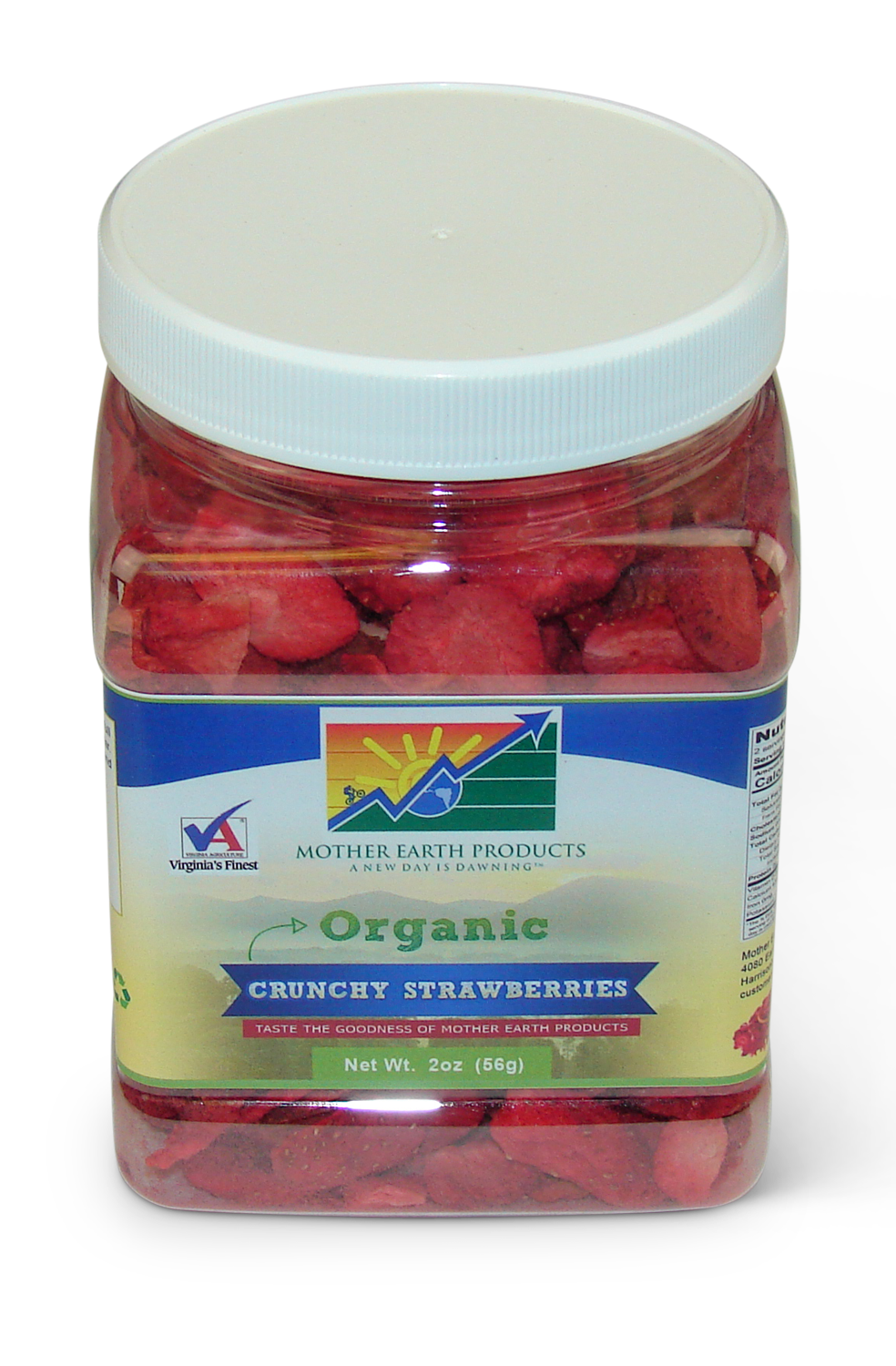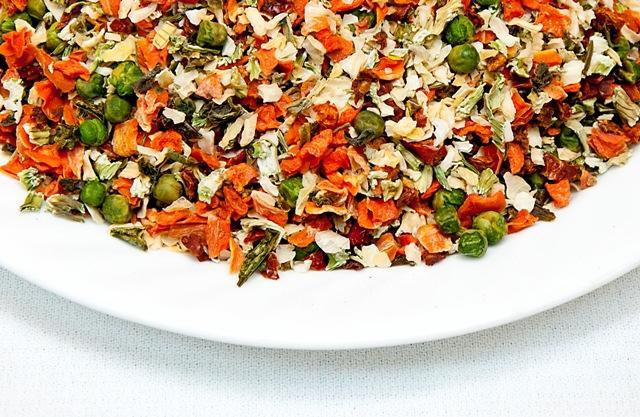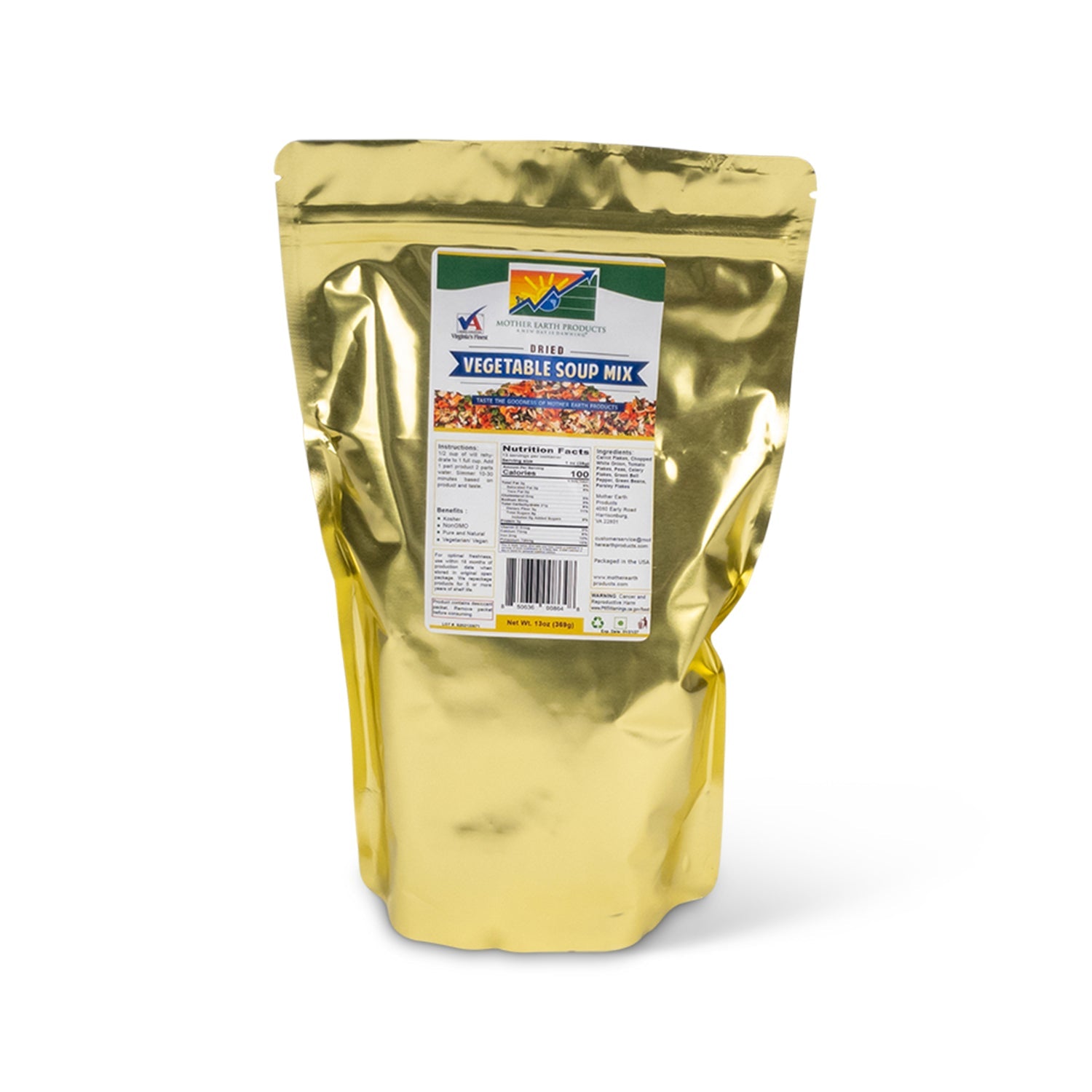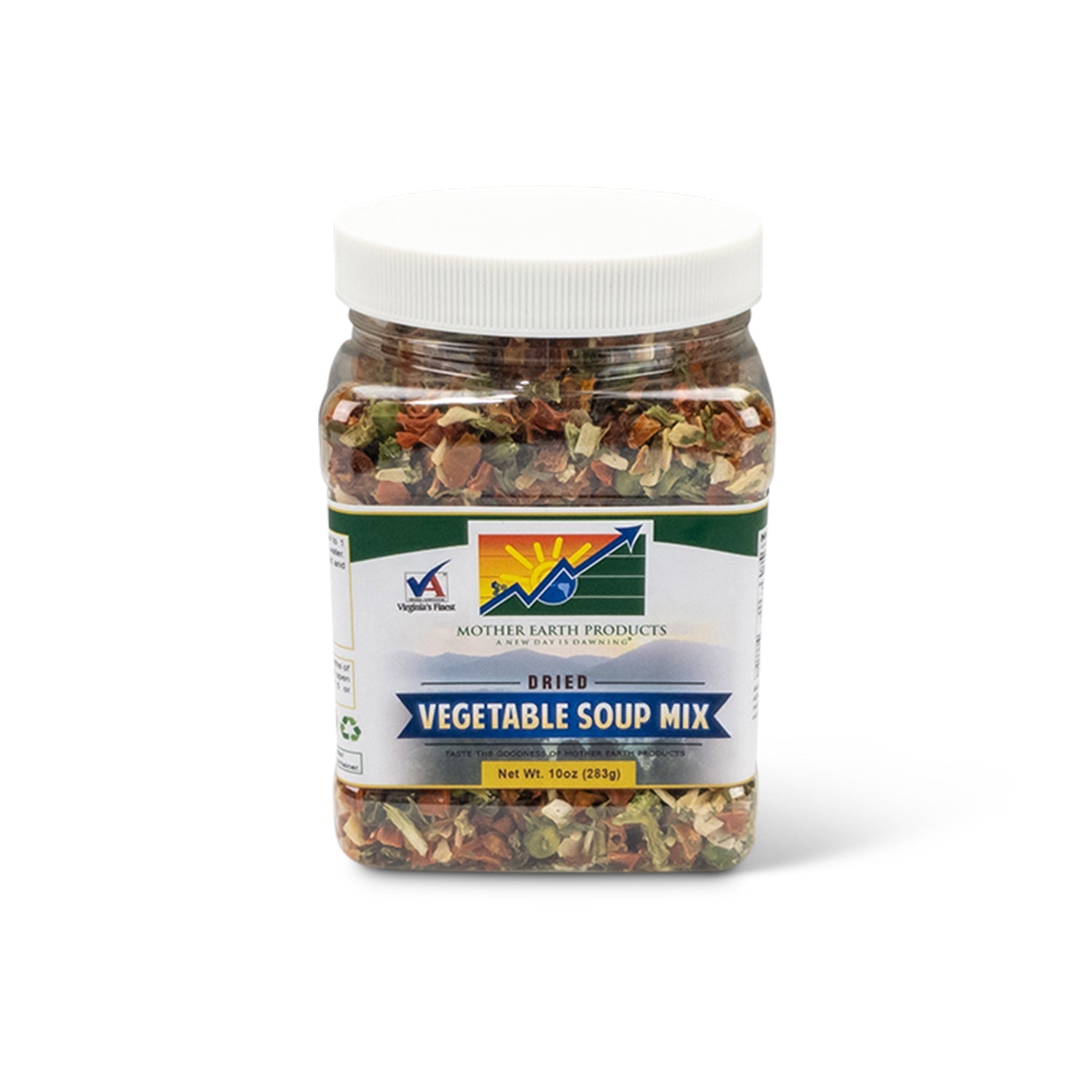Spending time in the great outdoors can do wonders for our health. From keeping our hearts in tip-top condition(1) to reducing stress(2), research concludes being in nature is one of the best ways to (re)fuel our bodies and souls with energy.
But, sometimes, it can be hard to eat healthy while on the trail or campsite. That is why we put together our top tips for eating healthy while in the great outdoors and guess what? Homemade granola bars may or may not be on there.
Get Rid of the Junk
Meat sticks, sports drinks, and s'mores toasting over an open fire... There are many ways to satiate hunger when enjoying the great outdoors. But, the real question is: Are any of these treats worth the calories? The short answer is no.
Even though they taste great, most of these treats have zero nutritional value. Even worse, some of them contain all the wrong things: sodium, sugar, and preservatives. While these snacks seem innocent, all these “ingredients” fail to meet a hiker's or camper's energy needs – a setup for failure from the get-go.
In the case of refined sugar(3), these treats sabotage progress by introducing energy crashes to the mix, because refined sugar increases glucose levels quickly. As the body reacts to this sudden increase, it produces too much insulin, which reduces the glucose levels rapidly. That's why we feel hungry soon after.
Action plan? Ditch all the processed stuff from the hiking/camping bag and go natural. Whether planning a week-long camping trip or a short trek to the nearest trail, natural foods will fuel us up on the spot. Since nothing beats no-freezer snacks while out in the woods (with no cooler around), freeze dried fruits are your best bet.
Put Your Meal Prep Skills to Good Use
As soon as you start pitching the tent or walking up the hill, there's no going back; we’re stuck with everything we packed in our bag or cooler. To avoid munching sodium-rich pretzels three days in a row, plan meals ahead of time. Write out a menu for every meal from breakfast to dinner, including snack time.
Take into account the number of days in the great outdoors and personal preferences. Also, make sure to pack the right cooking tools. If camping in the woods and building a fire, a Swiss Army knife, a fire safe skillet, and a pair of tongs are important. Bonus tip: Always pack an extra day's worth of food just in case.
Make “Snack Smart” Your Mantra
Another thing to keep in mind is to make every bite count, especially when it comes to snacking. Snacks are the perfect way to load your body with nutrients, which is why it pays to be smart about choosing them. Don't know where to start? Dehydrated veggies and freeze dried fruits are life-savers in such situations. Almonds, hazelnuts, and cashews also do the trick. Also, try making hummus a staple.
Load Your Breakfast With Fiber
It's no secret that dietary fiber(4) can provide your body with energy – which is why fiber is a must for campers and hikers alike, especially for breakfast. With that in mind, always make sure to pack fiber-rich foods to start the day on the right foot. One of the tastiest and easiest options out there is to prepare a baggie full of rolled oats, almonds and freeze dried strawberries. You can always sweeten the mix to taste with a little bit of honey. Fiber keeps you fuller longer, curbing your sudden hunger while on the trail. It's a win-win situation.
Think Smorgasbord for Lunch
If we had to describe an explorer's lunch using just one word - convenient. Be sure to bring foods that don't require cooking and can be assembled on the spot. Dehydrated and freeze dried veggies - carrots and corn - can be of great addition since they don’t need to be refrigerated and taste great as is. Just add water for about 15 minutes. To make things a more interesting, pack nut butter and pita bread or wraps for an easy and nutritious meal for lunch.
Stay Hydrated
Staying hydrated should be the #1 priority for everyone spending time out in the sun, but many campers and hikers often neglect to check that part off their to-do list. Unfortunately, they deprive their bodies of much-needed.
Check water sources in advance and ensure the water available can be treated (5). The easiest way to do that is to boil the water until it's free from bacteria and harmful substances. If that's not possible, pack resources. A good rule of thumb is to pack a minimum of two 32-ounce water bottles per person and sip on them regularly throughout the day.
Which are your top tips for eating healthy in the great outdoors? Let us know in the comments below!
References:
- https://www.ncbi.nlm.nih.gov/pmc/articles/PMC3709294/
- https://www.gov.uk/government/news/connecting-with-nature-offers-a-new-approach-to-mental-health-care
- https://www.ncbi.nlm.nih.gov/pmc/articles/PMC5174149/
- https://academic.oup.com/jn/article/130/2/272S/4686350
- https://www.cdc.gov/healthywater/drinking/travel/



